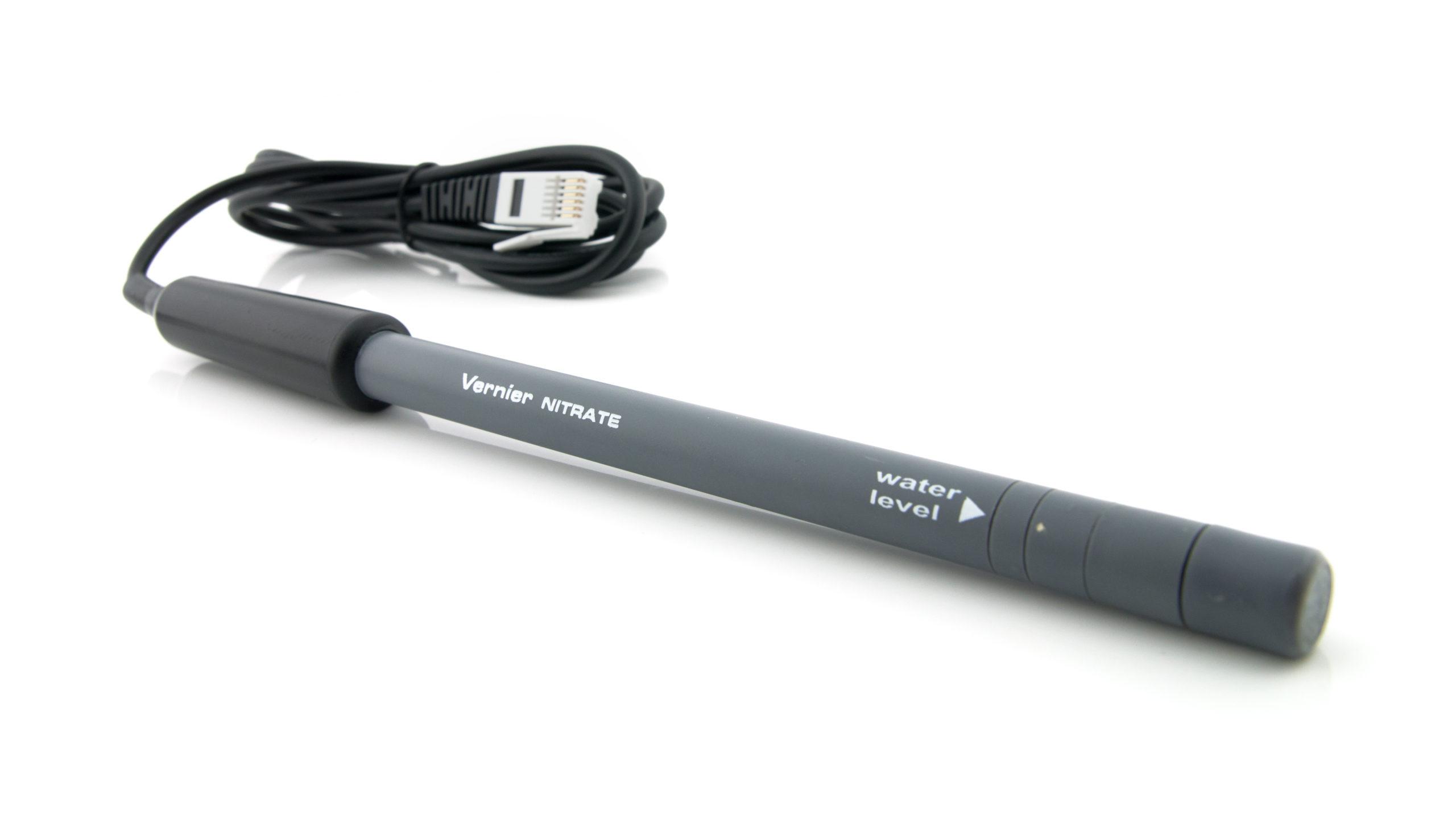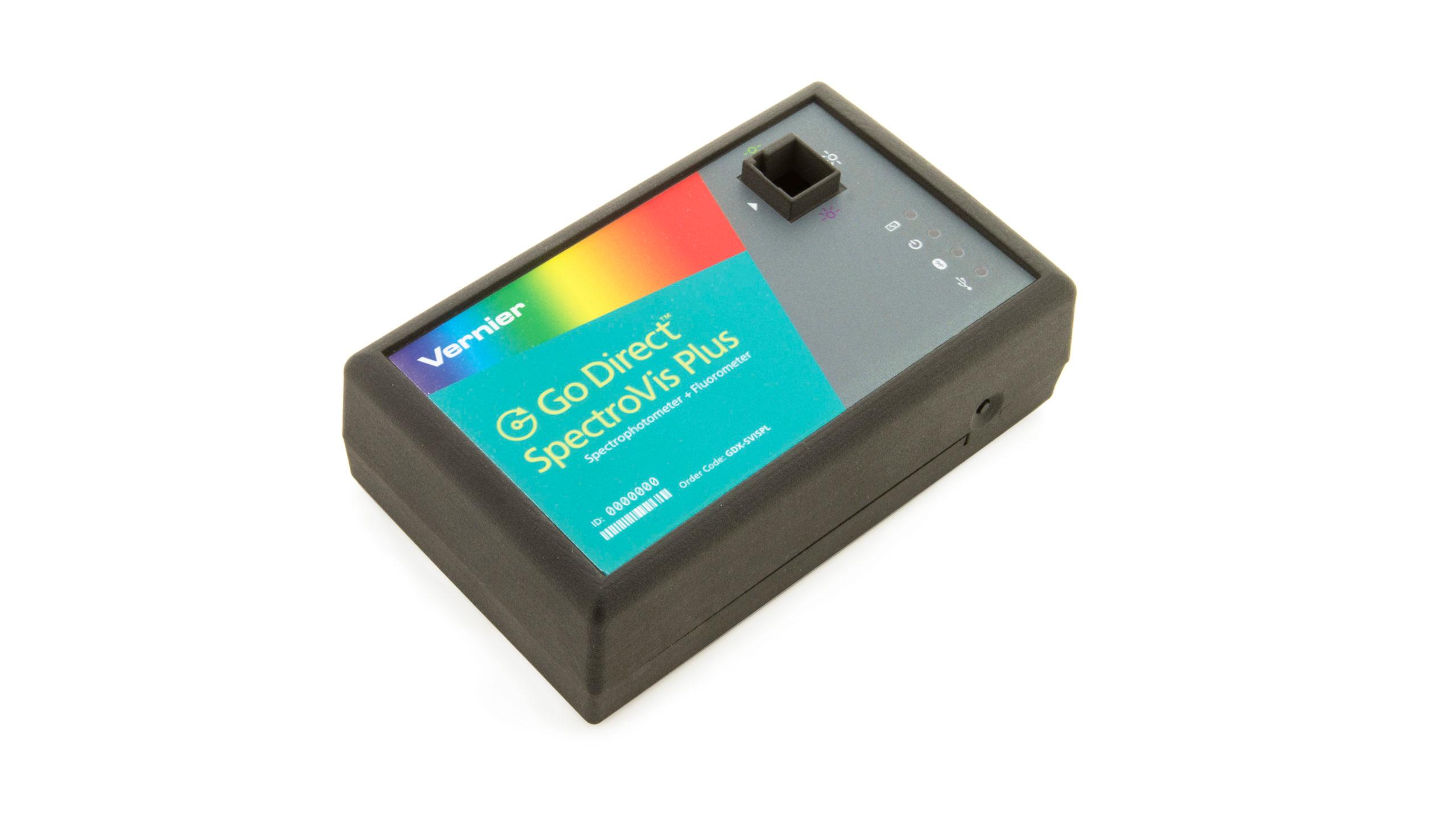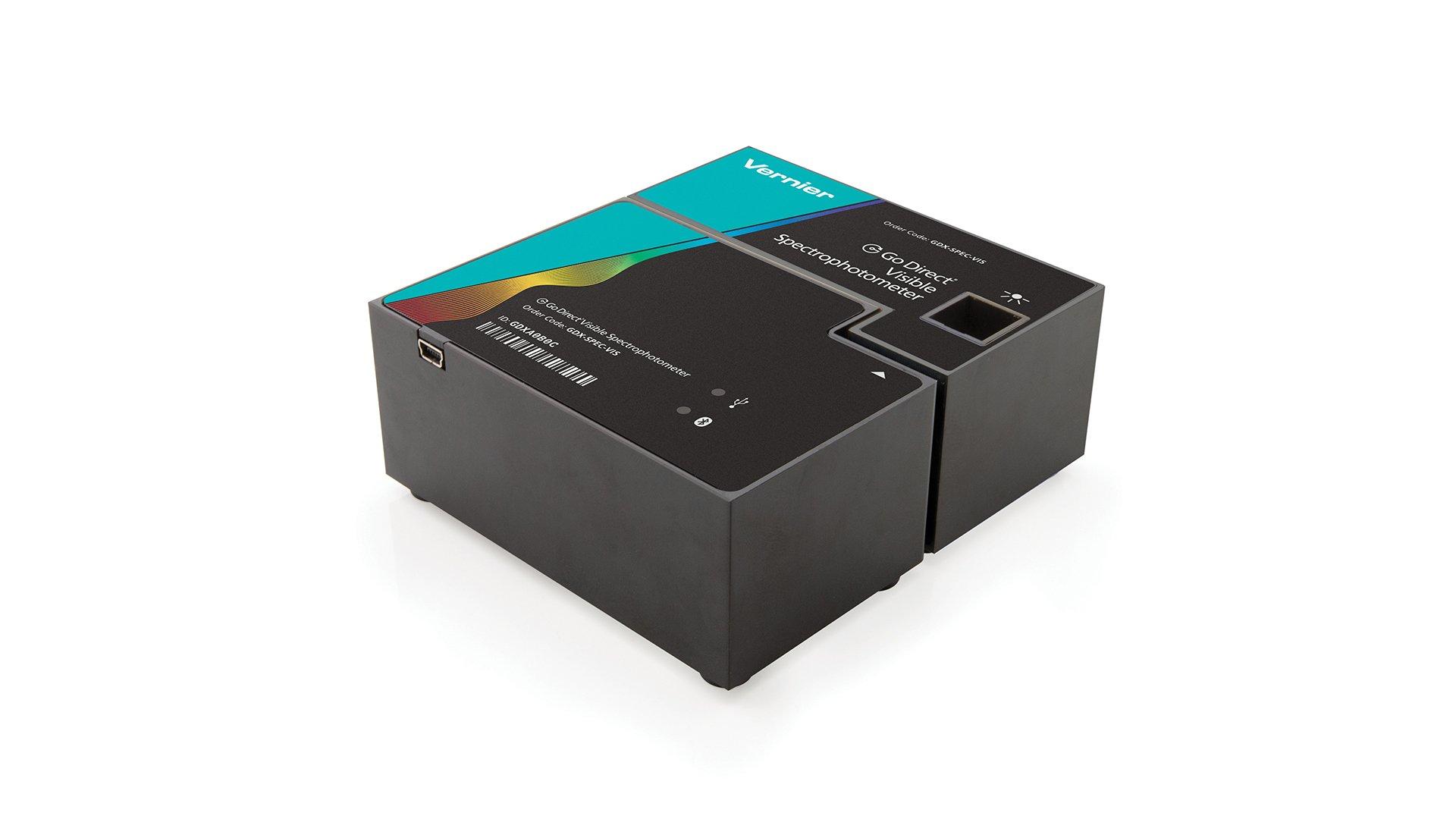Introduction
The tests described here are used to measure the concentration of nitrate ions, NO3–, in a water sample. The concentration of nitrate will be expressed throughout this section in units of mg/L NO3–-N. The unit, NO3–-N, means simply “nitrogen that is in the form of nitrate.”
Nitrate ions found in freshwater samples result from a variety of natural and industrial sources. Nitrates are an important source of the nitrogen that used by plants and animals to synthesize necessary amino acids and proteins. Most nitrogen on earth is found in the atmosphere in the form of nitrogen gas, N2. Through a process called the nitrogen cycle, nitrogen gas is converted into forms that are useable by plants and animals. These conversions include industrial production of fertilizers, as well as natural processes, such as legume-plant nitrogen fixation, plant and animal decomposition, and animal waste.
Although nitrate levels in freshwater are usually less than 1 mg/L, human-created sources of nitrate may elevate levels above 3 mg/L. These sources include animal feedlots, runoff from fertilized fields, or treated municipal wastewater being returned to streams. Levels above 10 mg/L in drinking water can cause a potentially fatal disease in infants called methemoglobinemia, or Blue-Baby Syndrome. In this disease, nitrate converts hemoglobin into a form that can no longer transport oxygen.
High nitrate concentrations also contribute to a condition in lakes and ponds called eutrophication, the excessive growth of aquatic plants and algae. Unpleasant odor and taste of water, as well as reduced clarity, often accompany this process. Eventually, dead biomass accumulates in the bottom of the lake, where it decays and compounds the problem by recycling nutrients. If other necessary nutrients are present, algal blooms can occur in a lake with as little as 0.50 mg/L NO3–-N.
Nitrate pollution of surface and groundwater has become a major ecological problem in some agricultural areas. Although fertilizer in runoff is most often blamed, there is evidence that concentration of livestock in feedlots is now the major source of agricultural nitrate pollution. Runoff from fertilized fields is still a significant source of nitrate.
Objectives
- Determine the concentration of nitrate ions, NO3−, in a water sample from a stream or lake.
Sensors and Equipment
This experiment features the following sensors and equipment. Additional equipment may be required.
Option 1

Option 2

Ready to Experiment?
Ask an Expert
Get answers to your questions about how to teach this experiment with our support team.
- Call toll-free: 888-837-6437
- Chat with Us
- Email support@vernier.com
Purchase the Lab Book
This experiment is #8 of Water Quality with Vernier. The experiment in the book includes student instructions as well as instructor information for set up, helpful hints, and sample graphs and data.



